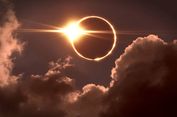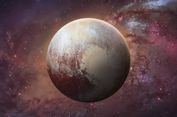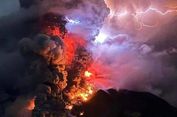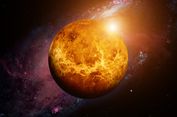Newly Discovered Planet is Just Like Earth
KOMPAS.com - Scientists have discovered a planet which could have the most Earth-like environment ever found - raising a 'very compelling case' for life there.
Gliese 581g, located around 123trillion miles away, orbits a star at a distance that places it squarely in the habitable - or Goldilocks - zone, Nasa said.
The research, the product of more than a decade of observations at the WM Keck Observatory in Hawaii, suggests the planet could contain liquid water on its surface. It means it tops the league of planets and moons rated as being most like Earth.
With our planet rated at 1.0 on the Earth Compatibility Index, Gliese 581g, found in the Libra constellation, scored 0.89, ahead of Mars on 0.7.
But U.S. experts believe Saturn's moon, Titan, is still the most likely so far to support life based on surface conditions and whether vital chemical reactions are possible.
The new findings are based on 11 years of observations of the nearby red dwarf star Gliese 581 using the HIRES spectrometer on the Keck I Telescope by a team of planet-hunters from University of California (UC) Santa Cruz and the Carnegie Institution of Washington.
Steven Vogt, professor of astronomy and astrophysics at UC Santa Cruz and one of the leaders of the the Lick-Carnegie Exoplanet Survey, said: 'Our findings offer a very compelling case for a potentially habitable planet said Vogt.
'The fact that we were able to detect this planet so quickly and so nearby tells us that planets like this must be really common.' The team's new findings are reported in a paper published in the Astrophysical Journal.
The paper reports the discovery of two new planets around Gliese 581. This brings the total number of known planets around this star to six, the most yet discovered in a planetary system outside of our own.
Like our solar system, the planets around Gliese 581 have nearly-circular orbits. It found that Gliese 581g has a mass three to four time the Earth's and orbits its star in just under 37 days.





































